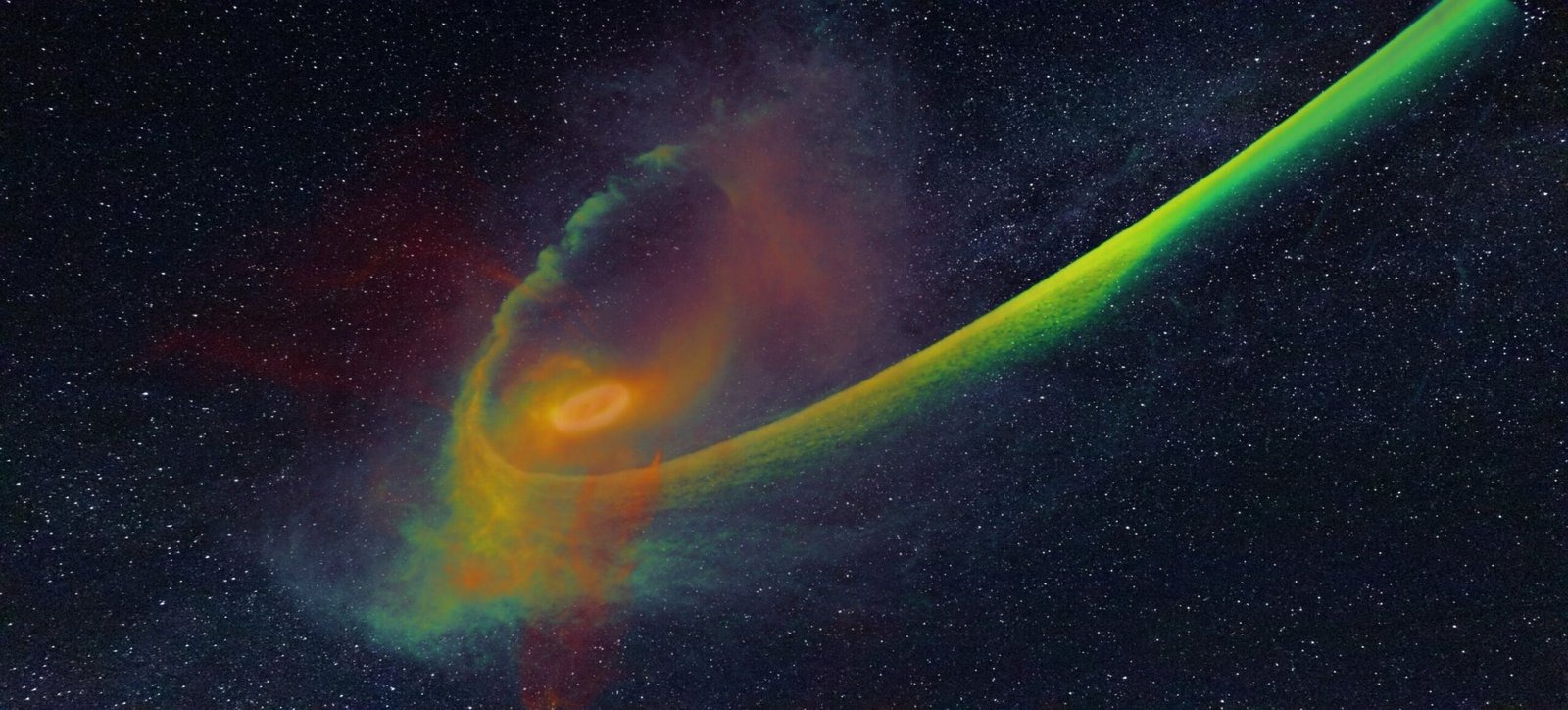Scientists from the Massachusetts Institute of Technology have been able to detect 18 new black holes that have so far gone unnoticed. A study on their discovery has been published in The Astrophysical Journal. These objects were discovered during observations of tidal disruption events (TDEs). They are extraordinary phenomena when a star, torn apart by a tidal flow, falls into a black hole.

When a black hole tears apart a gradually approaching star, it causes huge energy emissions that can be detected in various parts of the electromagnetic spectrum. Astronomers are actively looking for such TDEs, trying to detect black holes in the boundless expanses of space, and this method has proved very effective.
These 18 new black holes had previously remained hidden from the field of view of astronomers, since their detection required an unconventional infrared range. The discovery of these previously unseen objects more than doubles expands our current catalog of known black holes in the universe, making this discovery particularly significant.
The need for the infrared range is explained by the fact that these black holes are located in particularly dusty galaxies. This means that black holes are often obscured by the tones of galactic debris that result from the formation of planets and the death of other stars in the galaxy.
But by exploring the universe in the infrared range, scientists from the Massachusetts Institute of Technology could detect significantly more TDEs, presenting us with 18 new black holes. These objects are also located in various types of galaxies and are scattered throughout the universe.
Many of these sources are also not visible in optical ranges. Thus, the use of the infrared range was necessary to detect and add them to the catalog. One of the discovered objects is the closest TDE to us, which opens up new opportunities for researchers in the search for actively feeding black holes.
Earlier, we reported on how an improved photograph of the black hole M87 confirmed Einstein’s predictions.
Follow us on Twitter to get the most interesting space news in time
https://twitter.com/ust_magazi


